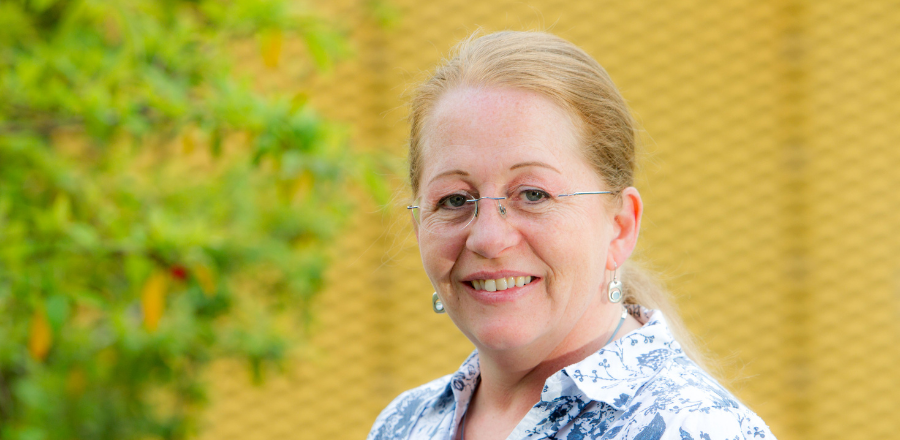Osteoporosis patients should not be afraid to exercise regularly

People with weakened bones (osteoporosis) shouldn’t be afraid to exercise regularly, says a consensus statement drawn up by an expert panel on how to maximise bone health, reduce risk of fractures and improve posture.
Glasgow Caledonian University Professor in Ageing and Health Dawn Skelton chaired the expert panel behind the consensus statement, which has been published in the British Journal of Sports Medicine.
Professor Skelton said: “It is better for your bones to be as active as possible and build more strengthening and impact slowly into your daily life. However, anyone who is new to activity or worried about their technique or building fitness can seek advice from a trained exercise instructor. People with a history of falls or serious concerns about their balance can contact their local falls service, or seek a specifically trained instructor, called a Postural Stability Instructor or PSI.”
The statement encourages those with weakened bones to do more rather than less, with an exercise routine that includes muscle strengthening exercises on 2 to 3 days of the week and brief bursts of moderate impact activities, such as jogging, aerobics, or Zumba on most days.
And for those who have already sustained a spinal fracture in the past or have a very stooped posture, the advice is to include lower impact exercise up to the level of brisk walking for 20 minutes every day, ensuring balance work is included to reduce risk of falls.
An estimated 137 million women and 21 million men have osteoporosis, with this prevalence expected to double within the next 40 years, notes the statement.
Hip and spine fractures can interfere with independence and reduce life expectancy, while vertebral fractures are associated with long-term pain and shortened height.
Regular exercise strengthens bones, reduces the risk of fractures and falls, and improves posture, as well as boosting overall mental and physical health, so it’s important that people with osteoporosis don’t miss out on these health benefits.
But continuing uncertainties about what type of physical activity people with, or at risk of, osteoporosis can safely do, particularly later in life or when bones have already significantly weakened, has left clinicians in the dark about what to recommend, and deterred those with the condition from regular physical activity for fear of worsening it.
There is no UK guidance on exercise and osteoporosis. There is relevant international guidance from the USA, Australia and Canada, but some key questions remain unanswered.
In a bid to clear up any lingering confusion, a multidisciplinary expert panel reviewed the existing evidence and drew on a wide range of expert clinical and patient opinion, to reach agreement on a series of recommendations designed to maximise the bone health of people with osteoporosis while minimising their fracture risk.
The resulting consensus statement has been endorsed by the Royal Osteoporosis Society. Authors include Professor Skelton; Dr Katherine Brooke-Wavell, National Centre for Sport and Exercise Medicine from Loughborough University; Sarah Leyland, Royal Osteoporosis Society Clinical Advisor.
